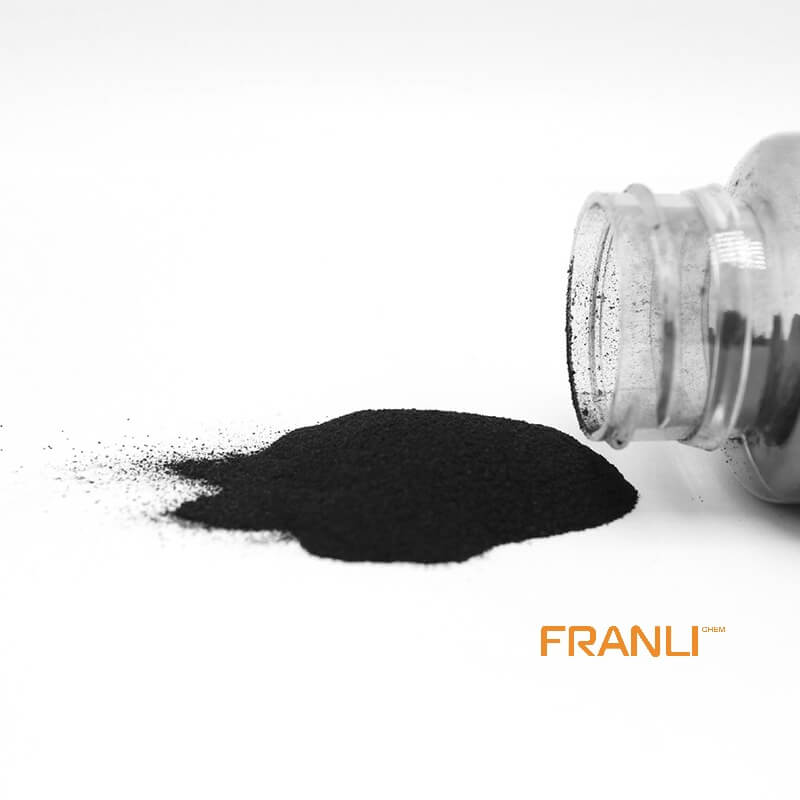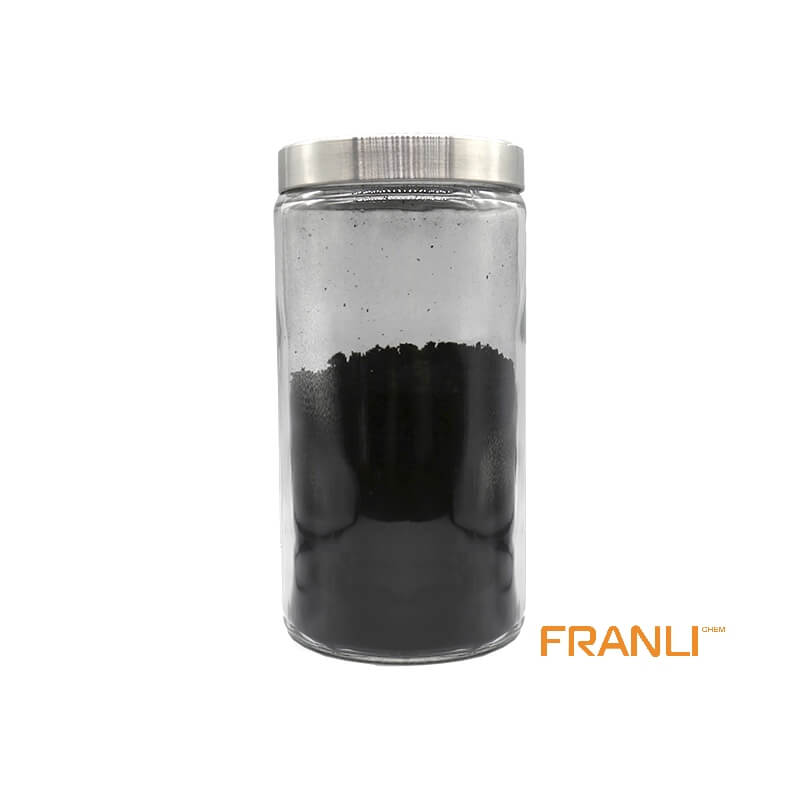

Graphene
Size
1-2nm thick x 0.5-5microns wide
Package
According to customer requirements
Features
High strength, high electrical conductivity, etc.
Application
Can be used as filler(between 0.01% and 5%).
Graphene, as the thinnest, toughest and best conductive nano material found at present. It is a two-dimensional crystal composed of carbon atoms stripped from graphite material with only one layer of atom thickness. Known as “black gold”, it is “the king of new materials”. Scientists even predicted that graphene “will completely change the 21st century”.
Request a quote
Although graphite and graphene are very similar in terms of name, they are completely two different things. Today, let’s introduce the differences between graphite and graphene, which are mainly reflected in what aspects. We will explain them one by one from the aspects of use, classification, and application.

-
Use of graphite
Graphite is one of the crystalline minerals of carbon elements. It has excellent properties such as lubricity, chemical stability, high-temperature resistance, conductivity, special thermal conductivity, plasticity, coating, and so on. Graphite is mainly used as refractory in the metallurgical industry; Used as mold and antirust coating in the foundry industry; In the electrical industry, it is used to produce carbon electrodes, electrode carbon rods, and batteries. The graphite emulsion can be used as TV picture tube coating, and the carbon products can be used in generators, motors, communication equipment, and many other aspects; In the machinery industry, it is used as a lubricant for aircraft, ships, trains, and other high-speed machinery; In the chemical industry, it is used to manufacture all kinds of anti-corrosion utensils and equipment; Used as a neutron moderator and protective material in the atomic reactor in the nuclear industry; In the aerospace industry, it can be used as the throat lining of rocket engine tail nozzle, heat insulation and heat-resistant materials of rockets and missiles, as well as radio connection signals and conductive structural materials on man-made satellites. In addition, graphite is also a polishing agent and antirust agent for glass and papermaking in the light industry, and a raw material for manufacturing pencils, ink, black paint, ink, and artificial diamond.
-
Classification of graphite
Graphite minerals with different crystalline forms have different industrial values and use. In industry, natural graphite is divided into three categories according to different crystalline forms.
(1) Dense crystalline graphite
Dense crystalline graphite is also called massive graphite. Such graphite crystals are obvious and visible to the naked eye. The crystals are arranged disorderly and in a dense massive structure. This kind of graphite is characterized by high grade. Generally, the carbon content is 60 ~ 65%, sometimes 80 ~ 98%, but its plasticity and greasiness are not as good as flake graphite.
(2) Flake graphite
Graphite crystal is scaly, which is metamorphosed under high-strength pressure. It can be divided into large-scale and fine-scale. This kind of graphite ore is characterized by low grade, but it is one of the best floatable ores in nature. High-grade graphite concentrate can be obtained through multiple grinding and multiple beneficiations. The floatability, lubricity, and plasticity of this kind of graphite are superior to other types of graphite; Therefore, it has the greatest industrial value.
(3) Aphanitic graphite
Aphanitic graphite, also known as amorphous graphite or earthy graphite, is an aggregate of microcrystalline graphite. This kind of graphite is characterized by an earthy surface, lack of luster, and poor lubricity. The grade is high, generally 60 ~ 80%, but the ore washability is poor.

- Graphene
Graphene is a two-dimensional crystal composed of closely packed carbon atoms. It is a single-layer thin crystal in graphite. It is known that it has the highest strength, the best toughness, the lightest weight, the highest light transmittance, and the best conductivity.
-
Characteristics of graphene
Graphene is the thinnest material known at present. The single-layer graphene is only one carbon atom thick. Graphene with this thickness has many characteristics that graphite does not have.
(1) Extremely strong conductivity: the electrons in graphene have no mass. The movement speed of electrons exceeds that in other metal monomers or semiconductors, and can reach 1 / 300 of the speed of light. Therefore, graphene has superconductivity.
(2) Ultra high strength: graphite is the softest of minerals, and its Mohs hardness is only 1-2. However, after being separated into graphene with the thickness of one carbon atom, its performance will change suddenly. Its hardness will be higher than that of diamond with a Mohs hardness of 10, but it has good toughness and can be bent.
(3) Super large specific surface area: because the thickness of graphene is only one carbon atom thick, i.e. 0.335 nm, graphene has a super large specific surface area. The ideal specific surface area of single-layer graphene can reach 2630 m2 / g, while the specific surface area of ordinary activated carbon is 1500 m2 / g. the super large specific surface area makes graphene a potential energy storage material.
-
Application of graphene
(1) Replace silicon to produce electronic products
Silicon has brought us into the digital age, but researchers are still eager to find some new materials to make integrated circuits smaller, faster and cheaper. Graphene has higher carrier mobility than silicon. It is a very excellent semiconductor material. The running speed of electrons in graphene can reach 1 / 300 of the speed of light and only produces little heat. The global semiconductor crystalline silicon market is developing steadily. According to IEK’s prediction, graphene can replace crystalline silicon in the chip field. If graphene replaces one-tenth of crystalline silicon to make high-end integrated circuits, the market capacity will be at least more than 500 billion yuan.
(2) Graphene material additive
At present, some organizations add graphene to cement, paint, coating, plastic, ceramics, photovoltaic glass, cable, and other materials to improve performance and increase strength.
This is the difference between graphite and graphene in all aspects. Understanding their differences can make better use of graphite and graphene and make our future life more convenient and fast.



